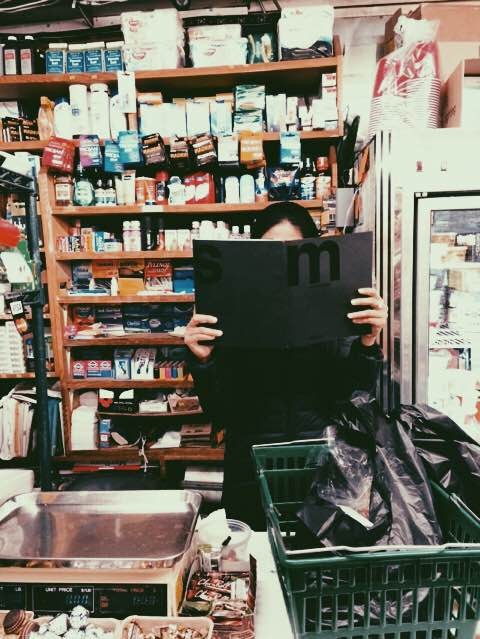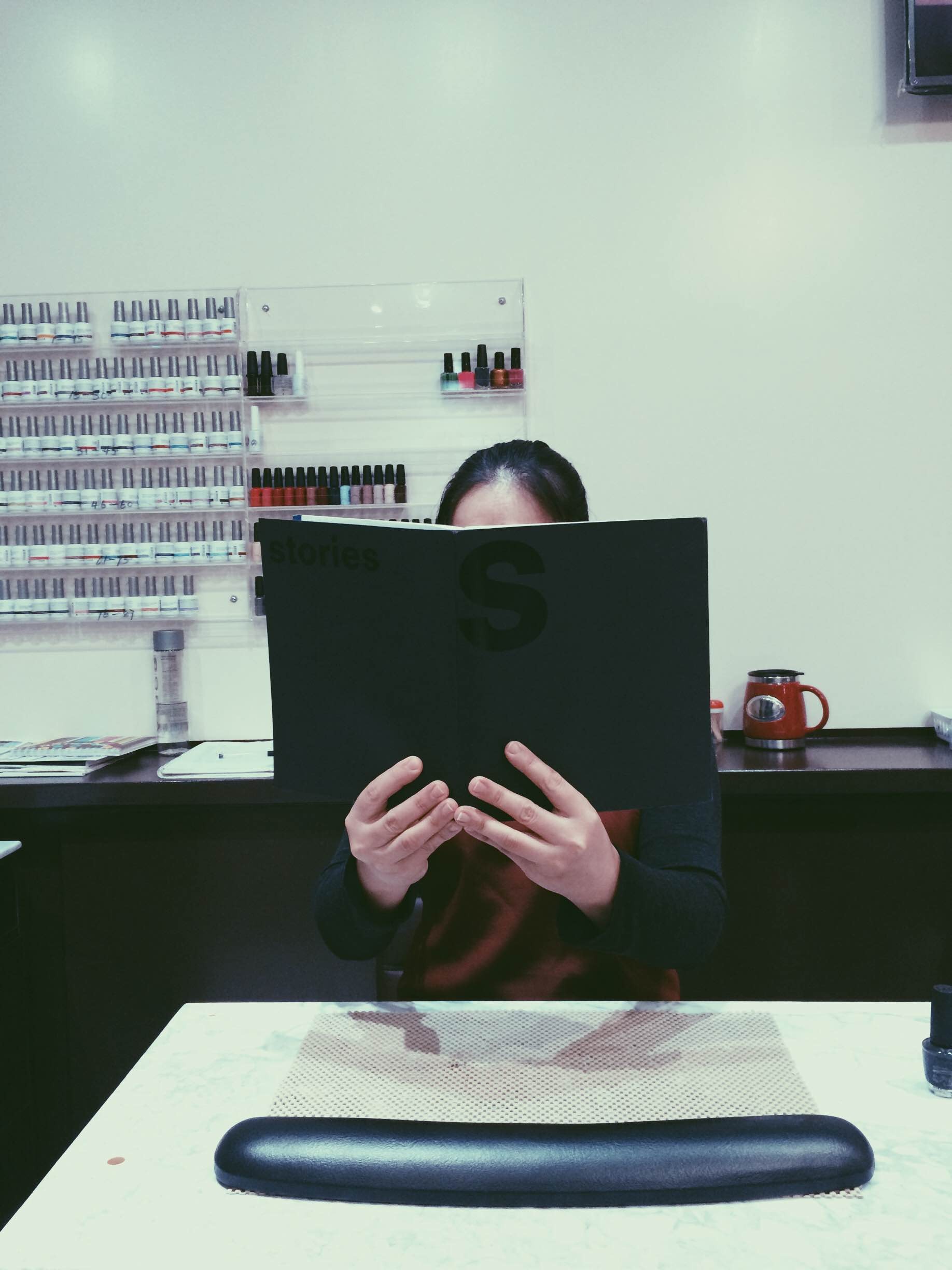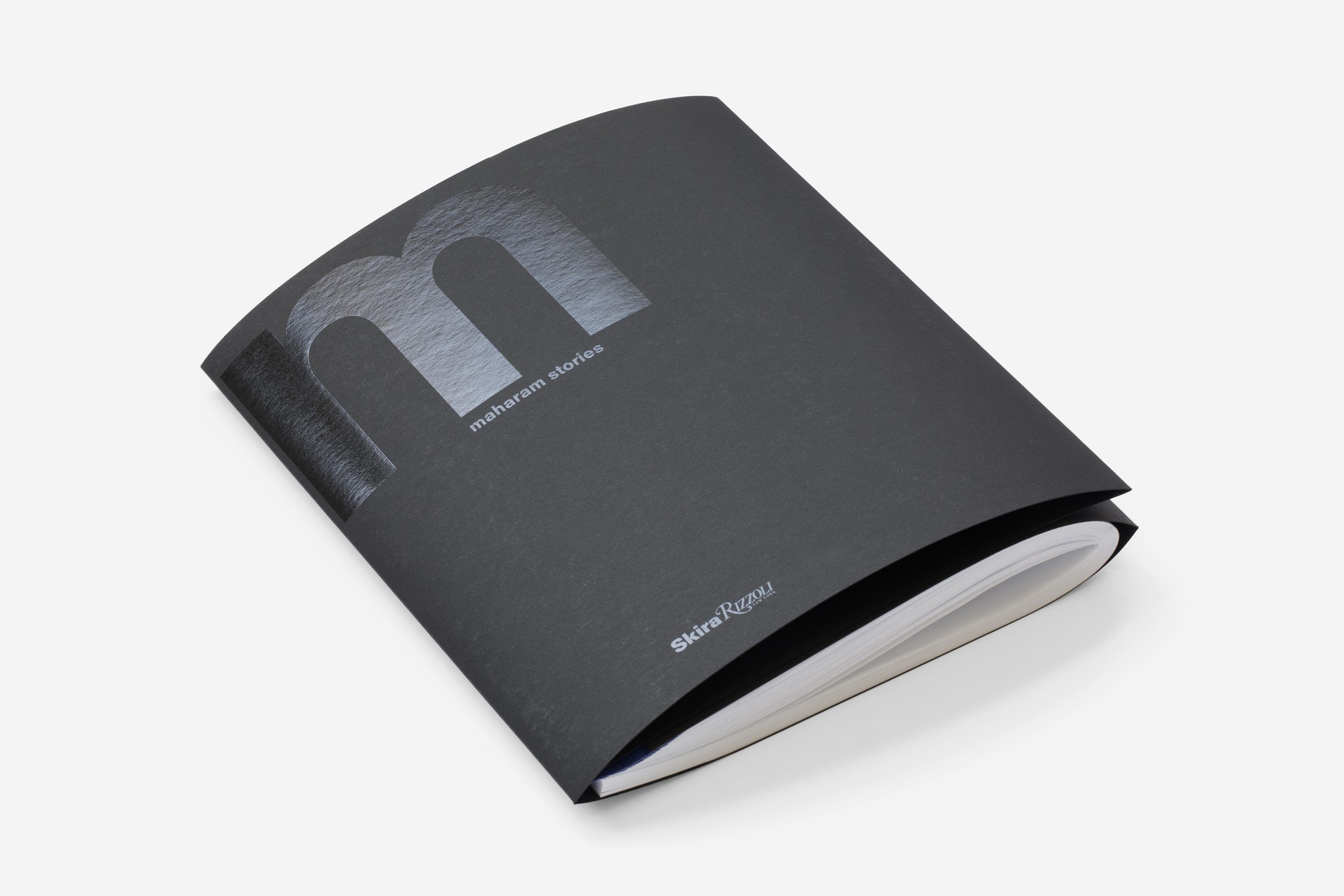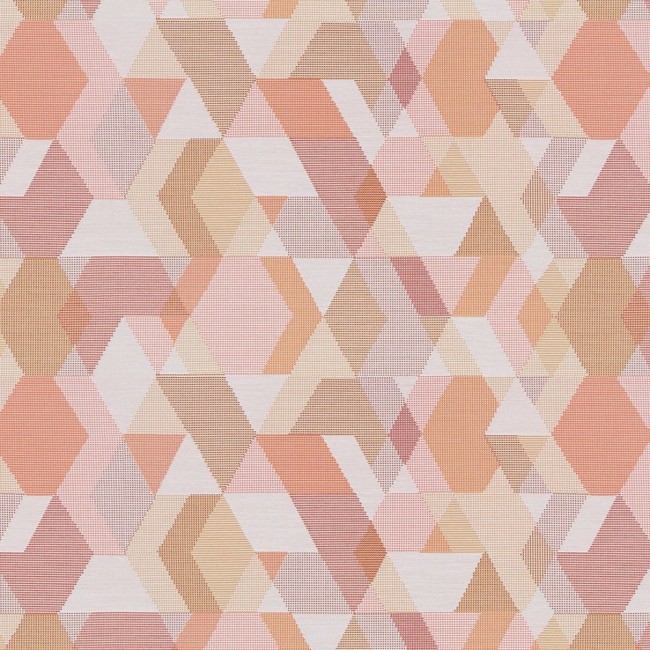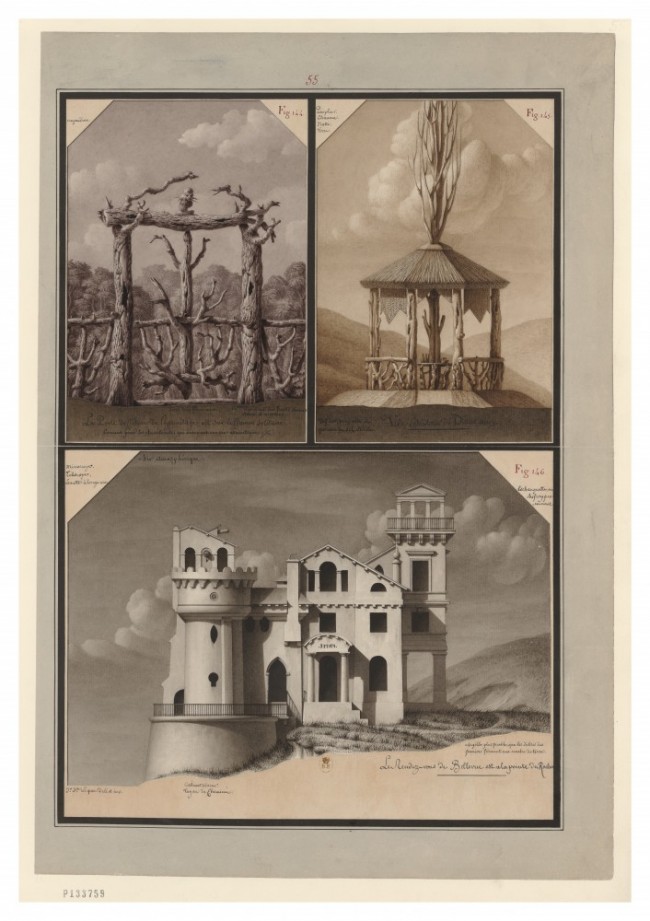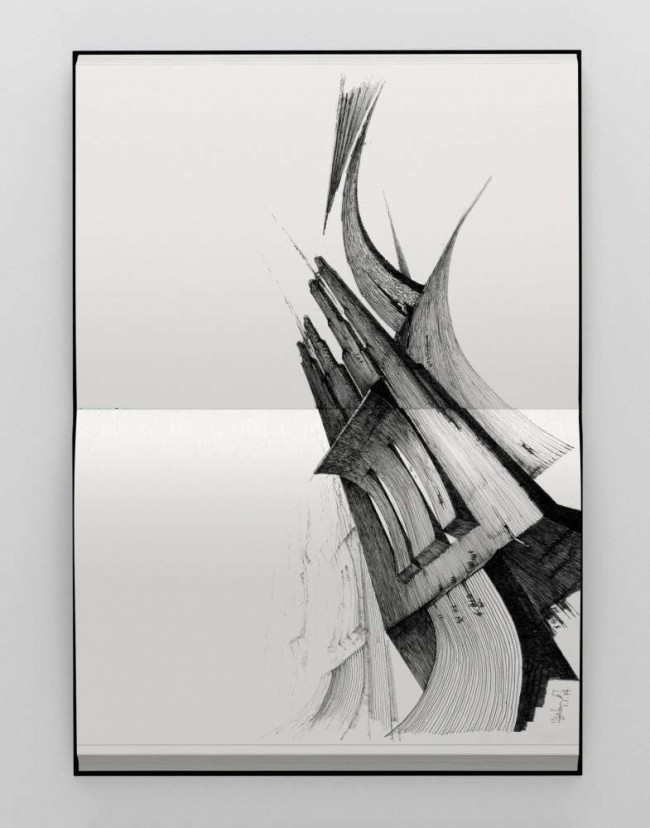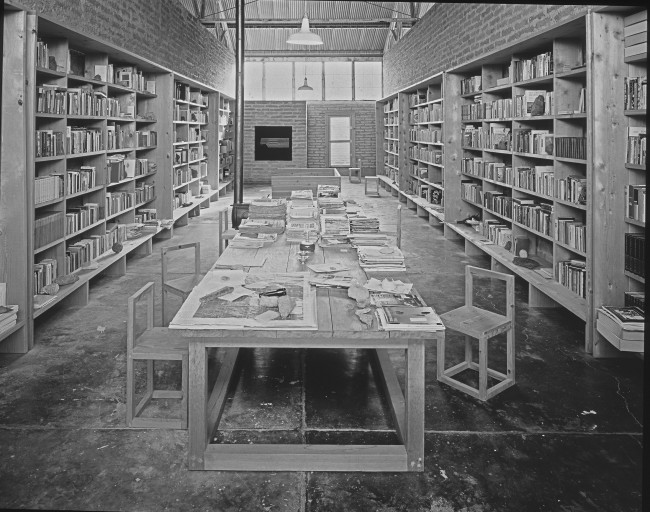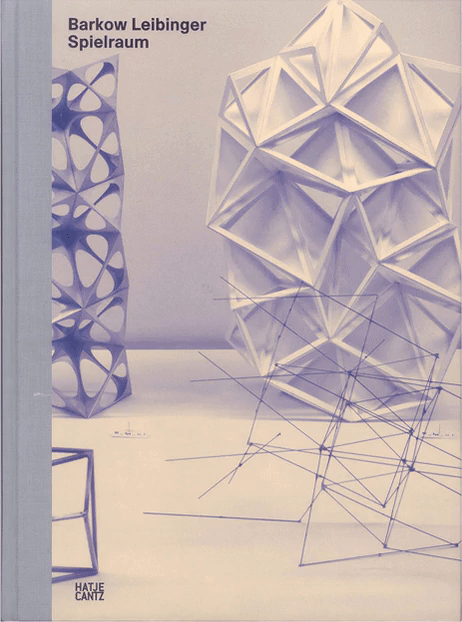BOOK CLUB: MAHARAM STORIES
Ever since man invented the art of weaving, textiles have served as proxy storytellers, spinning a yarn of tradition and local customs, but also of innovation, that carries through from one generation to the next. If anyone knows about the narrative power of all things woven, it’s textile manufacturer Maharam. Founded in 1902 by former Russian immigrant Louis Maharam, the New York-based company was successfully steered into the 21st century by third-generation Maharams, brothers Michael and Stephen. Despite being acquiesced by Herman Miller in 2013 Maharam very much maintains its own identity, which includes cultivating the company’s longstanding tradition of helping birth extraordinary cultural projects.
One such endeavor is Maharam Stories, a beautifully delicate book produced by Michael Maharam (together with Bailey Salisbury) and designed by Irma Boom, the godmother of Dutch graphic design. Maharam Stories originally started as a recurring series on the company’s website, where several times a months writers, designers, and other luminaires from the creative industry would pen a short piece on an object or a phenomenon of their choice, accompanied by an evocative image. In its online iteration Maharam Stories always covered (and continues to cover) a broad range of subjects, from the classic intricacies of Viennese Lobmeyr crystal to esoteric musings on Tennessee Williams’s body posture, as observed by the artist Paul P. For the print edition Maharam and Salisbury pushed the concept further by commissioning more stories, including fiction. Among the most enchanting are those by the Canadian designer Marian Bantjes, who uses stock images to create humorous little anecdotes about inanimate objects. About a vintage mannequin from the 1980s with a few chips in her plaster forehead Bantjes writes: “She was still high. She’d got some sleep — she wasn’t sure how much, because she had no idea when she’d passed out…” For fans of more classic fare there are stories that address the world of design in more conventional ways. These include texts by Alice Rawsthorn who waxes poetic about design icon Franco Albini; or architect John Pawson, who deliberates on the beauty of Le Thoronet Abbey or on his fascination with the Ludwig Mies van der Rohe archives. And though much of the book is dedicated to a more abstract idea of fabric — the fabric of life, the fabric of design, the fabric of thought — there are parts that focus directly on textiles. Harmen Liemburg, for example, writes a captivating exposé on the history of the famed La Famille Vlicsco design, a pattern famous for its repeated patterns that have included U.S. presidents, royalty, and in this particular case a mother Hen, her rooster, her chicks, and eggs.
Fittingly for a print publication, Irma Boom’s brilliant design for Maharam Stories never upstages its content — though it does try. Firstly Boom decided to eschew perfect binding in favor of a more readymade, stapled aesthetic. Then she cheekily printed the entire book on lightweight pages of “bible” paper whose size exceeds the width of the actual book, requiring it to be folded like stacks of freshly laundered linens. One almost wants to stick one’s nose in the paper in order to smell the fabric softener.
In many ways this collection of stories represents the closing of one chapter and the beginning of another for this century-old family-run business. But if a project like Maharam Stories is any indication, the company’s sophisticated sensibility for the arts will continue unwavered.
Maharam Stories, Edited by Michael Maharam and Bailey Salisbury (Skira Rizzoli, 2015).


